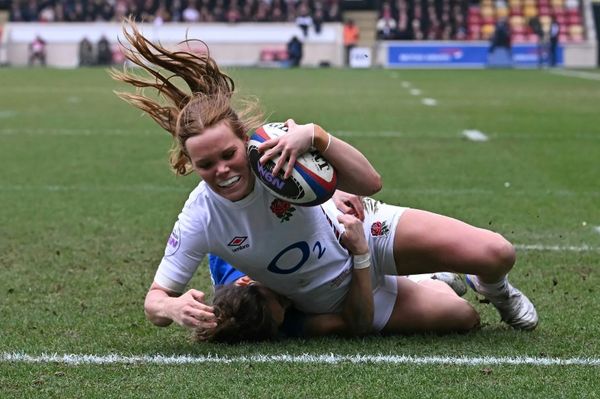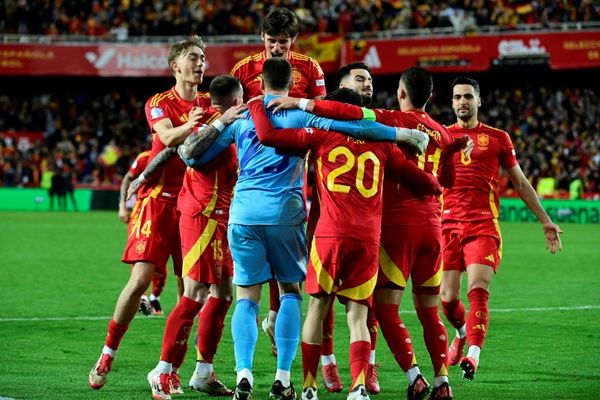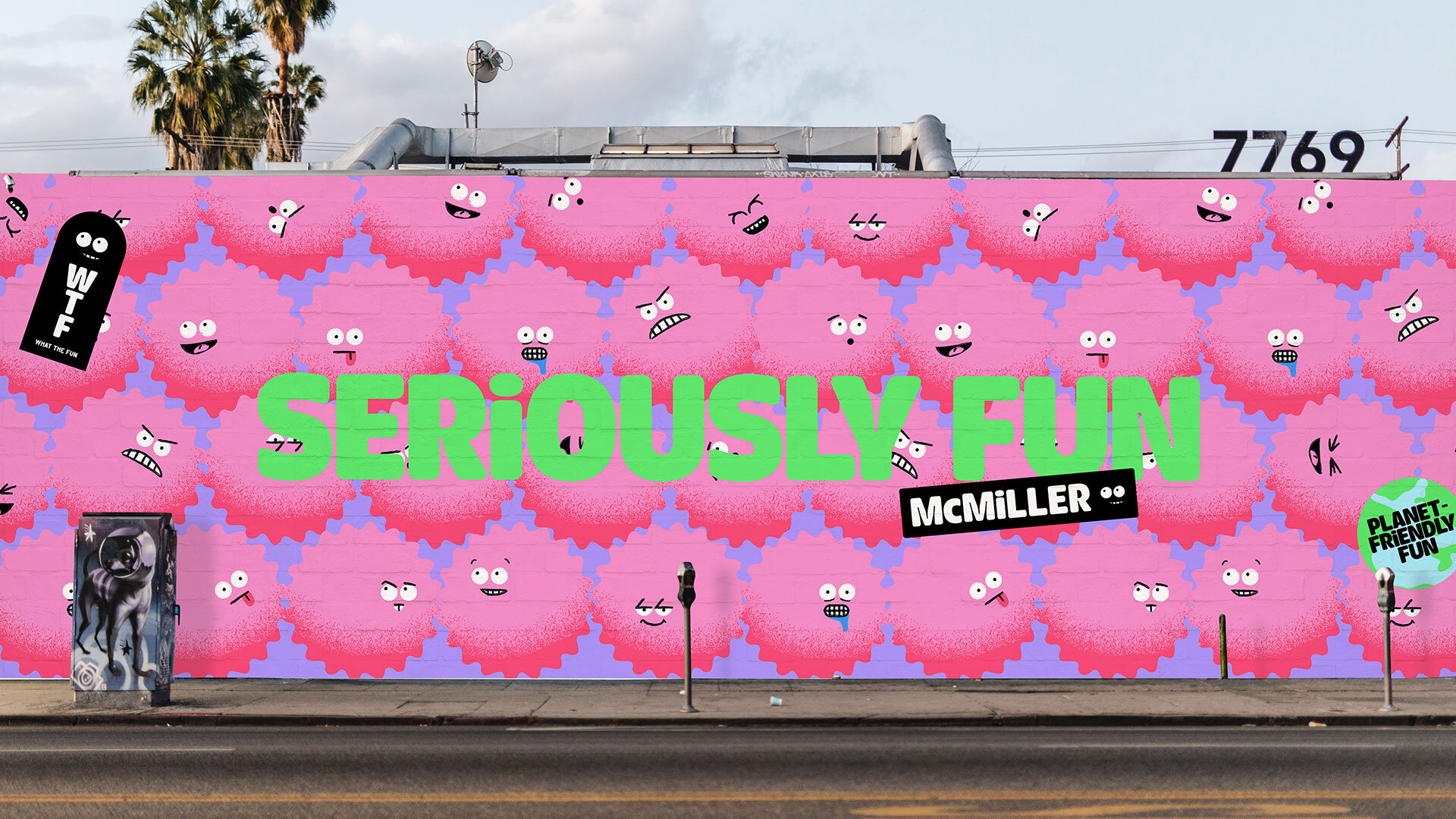
From hand-drawn and cartoon-style elements to imaginative applications of artificial intelligence, the year ahead is likely to see wildly varied and constantly evolving trends across graphic design.
With tech advancing at warp speed; the climate crisis and global turmoil leaving the future feeling uncertain; and concerns in creativity ranging from uniformity and mimicry to economic challenges, great design will need to be innovative, evocative and bold, with clear signs of a human touch.
Here, in no particular order, designers, creative directors and other industry experts offer insights and identify key trends for 2024. For more on trends to come, see our illustration trends roundup.
01. The rise of cartoons

“I feel like this trend has been bubbling for a while and might reach a boiling point in the new year. You see brands opting for an almost carefree irreverence with cute, bubbly cartoon characters on what would otherwise have been pretty elevated or buttoned-up categories,” says Adeline Chong, creative director at Studio Chong.
Chong notes Graza olive oil (above) as one of the early brands in the space and that 2023 has seen more and more fun and light-hearted cartoon elements being added to branding and packaging in particular — from cocktails and hard seltzers to gluten-free bakeries and hand creams.
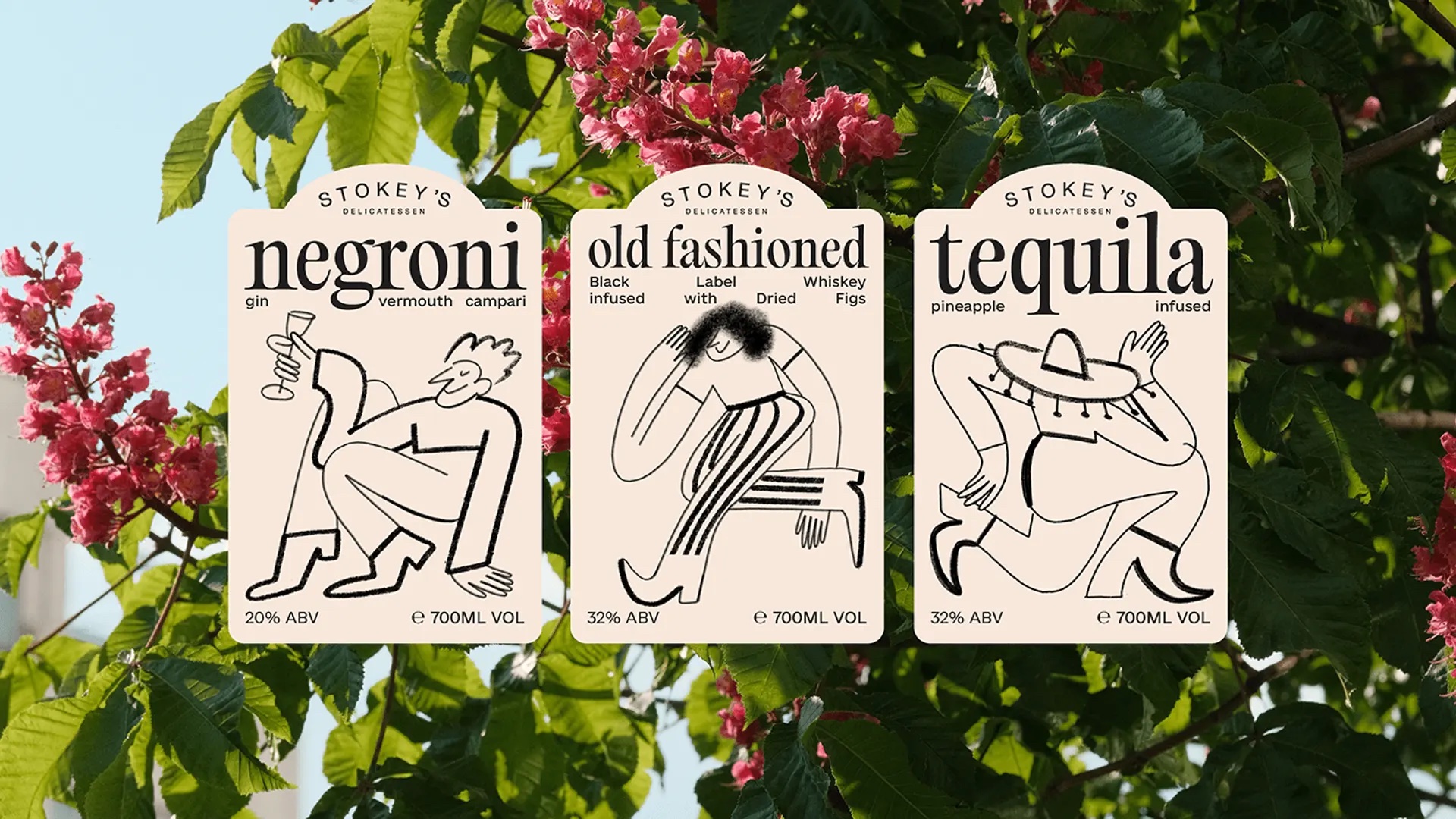
“If I were to hazard a guess, it might have something to do with how depressing the world is today – people align with brands that can help them to take life less seriously,” she continues. “There's a certain sense of escapism to them. It’s turning into a wave of brands that are denouncing the way a category is expected to look, and I’m all for it. I think it brings about exciting new ways that brands can exist, allowing casually cool products to sit shoulder to shoulder with premium brands.”
02. Elevating creativity through AI
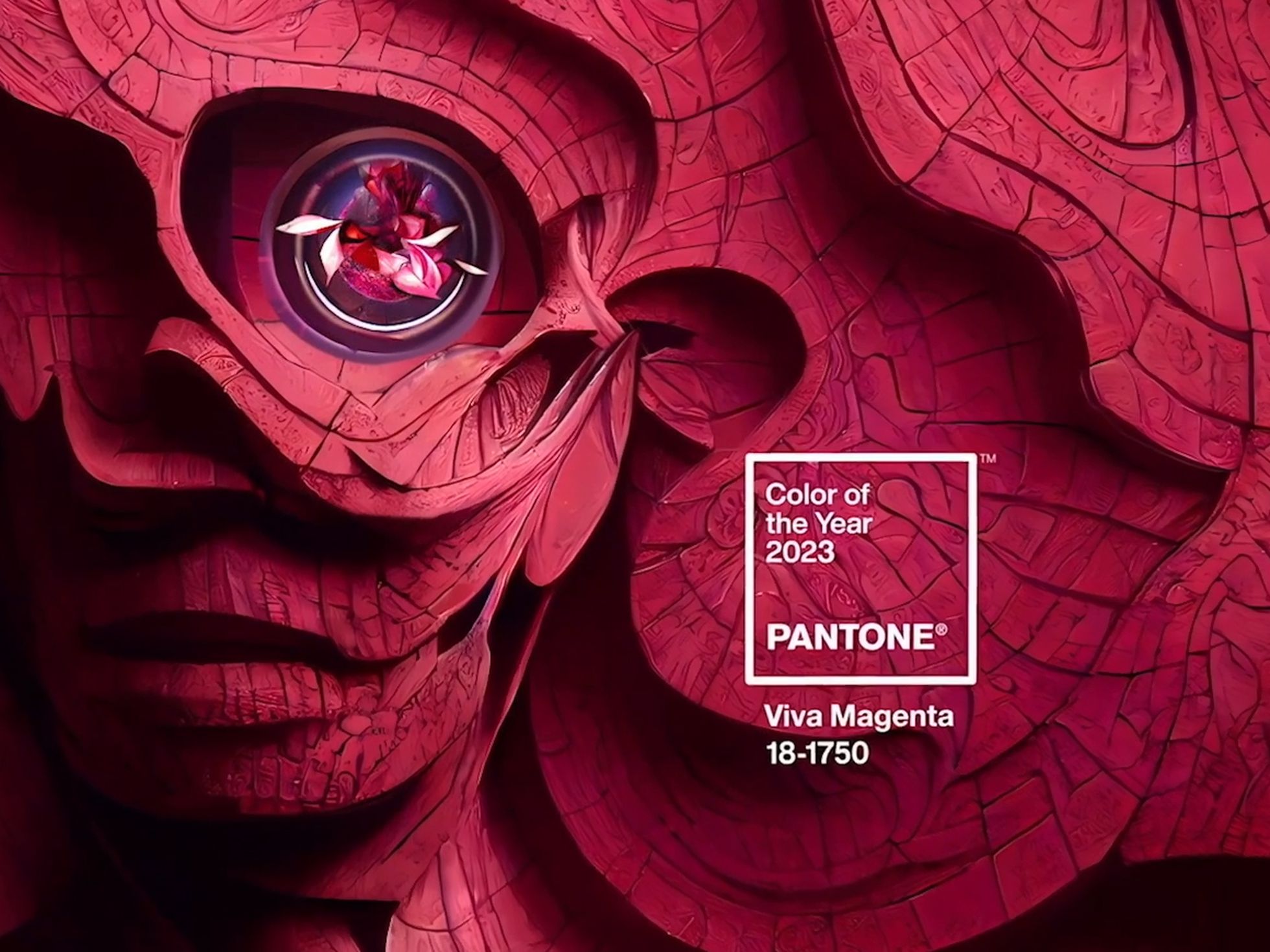
“Undoubtedly, a standout trend that has gained substantial momentum throughout this year is the integration of artificial intelligence in graphic design,” says John Randall, senior graphic designer for Magpie Studio. This year alone, the use of AI has propelled the industry to remarkable achievements, unlocking the ability for designers to translate their aspirations into realities previously unthinkable. “The impact of AI is set to expand even further in the years to come, influencing major aspects of our design workflows."
Randall points to a noteworthy example from this year being the Viva Magenta Pantone Color of the Year 2023 campaign by Huge, which leveraged Midjourney to create static ads, immersive 3D experiences and more.
Although AI continues to be a topic of debate among many creatives, Randall remains positive about the opportunities it holds if harnessed correctly. “Looking ahead to 2024, graphic design is poised to heavily rely on the assistance of AI. It is imperative for designers to embrace this trend, integrating AI seamlessly into their workflows, and leveraging it intuitively to enhance their creative capabilities,” he says. “As we navigate this evolving landscape, collaboration with AI will not only be beneficial but arguably essential for pushing the boundaries of imagination and achieving innovative design solutions.”
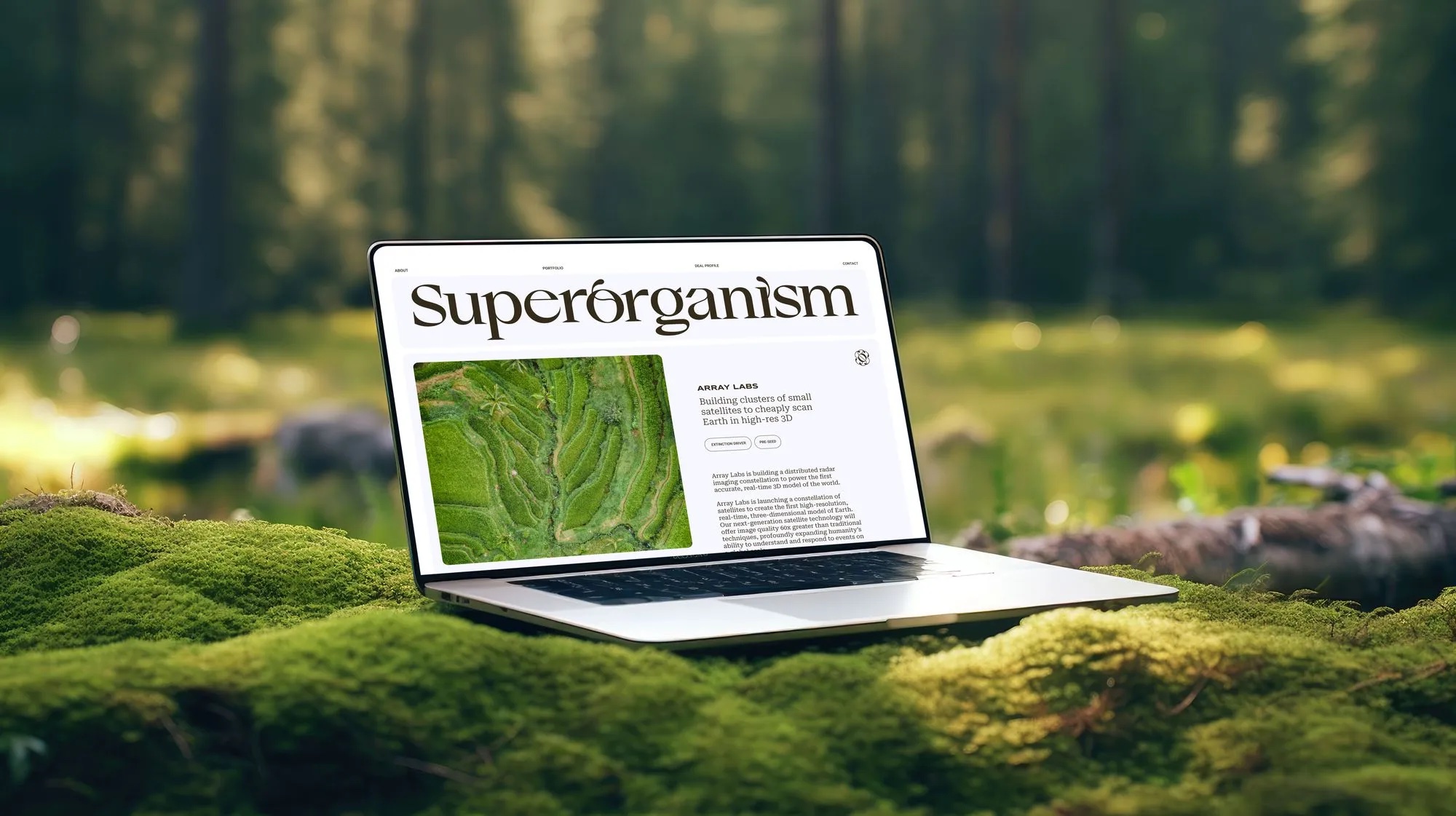
Rebecca Brookman, creative director at Ghost Note Agency and Planthouse Studio and co-founder of Queer Design Club also believes utilising AI in the right way could prove exciting for both the creative process and the output. “Goodside Studio’s work for Superorganism is a great example of how we can see AI generated content being used in custom mockups, branded backgrounds, and more. Being able to generate anything from just a prompt will open up a wild world of exploration and creativity.”
“In a turning point from what we've seen in the last couple years, brands are back to being intentionally maximalist,” she adds. “Gone are the Instagram aesthetic days of minimalist perfection, as we've completely pulled back the curtain to expose how things get made. This year, with the rise of generative AI tooling in everyday creative use, I expect we'll see a new aesthetic that blends maximalism with surrealism.
For more on this subject, see our how AI is changing graphic design piece.
03. Mixed media and hand-drawn

As a backlash to AI in some respects, many people may be looking for an obvious human touch when it comes to design, with visible hand-rendered elements. Abigail Baldwin, director at design agency Buttercrumble, believes this could play out in designers using multiple materials, techniques and tools in their work.
“A mixed media approach is going to strengthen in 2024. Graphic design will blend illustration, textures and typography to produce new stimulating compositions,” she says. “There is a yearning for raw authenticity. Designers want to express their visions by breaking away from clinical grids. We can expect to see more digital montages and handmade, cut-and-paste mosaics.”
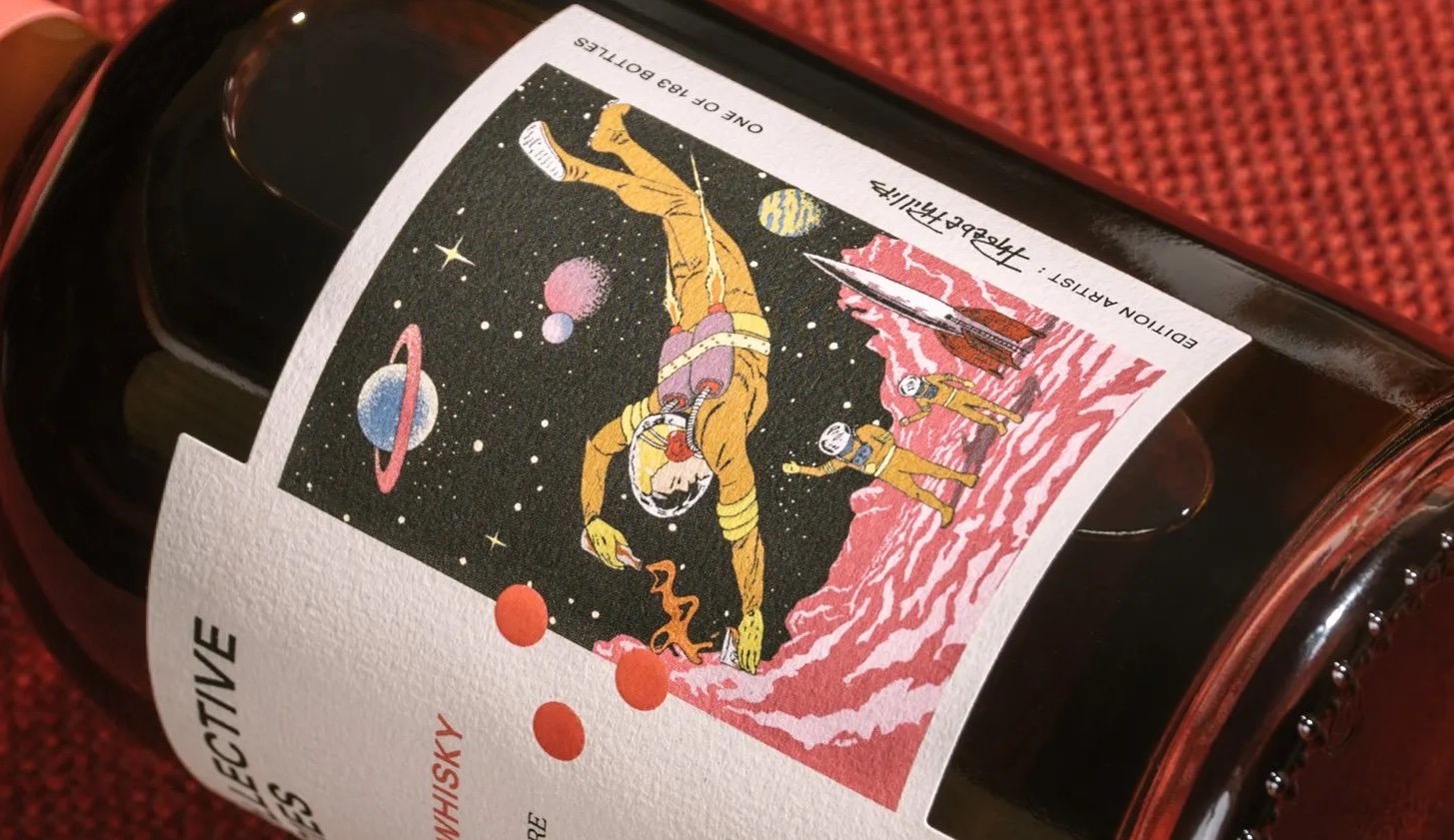
Martin Naylor, founder, and Sophie Currier, designer at Touch, Scottish Design Awards agency of the year, agree that hand-drawn elements could offer more distinct styles for brands to capture attention. “We expect to see an increased use of illustrations to tell brand stories. Emphasis on collaboration with artists for bespoke visuals that capture the essence of the brand, creating a unique and engaging visual language.”
Sophie Selcoe, senior designer at Halo Design Associates, also sees illustrated elements being big for 2024: “There is an increasing movement towards using hand-drawn illustration in graphic design as it is original and authentic and can be made very personal to the client or product. It gives a brand a unique asset that stands out and they have ownership of and moves away from the norm of stock photography.”
04. Nostalgic retro
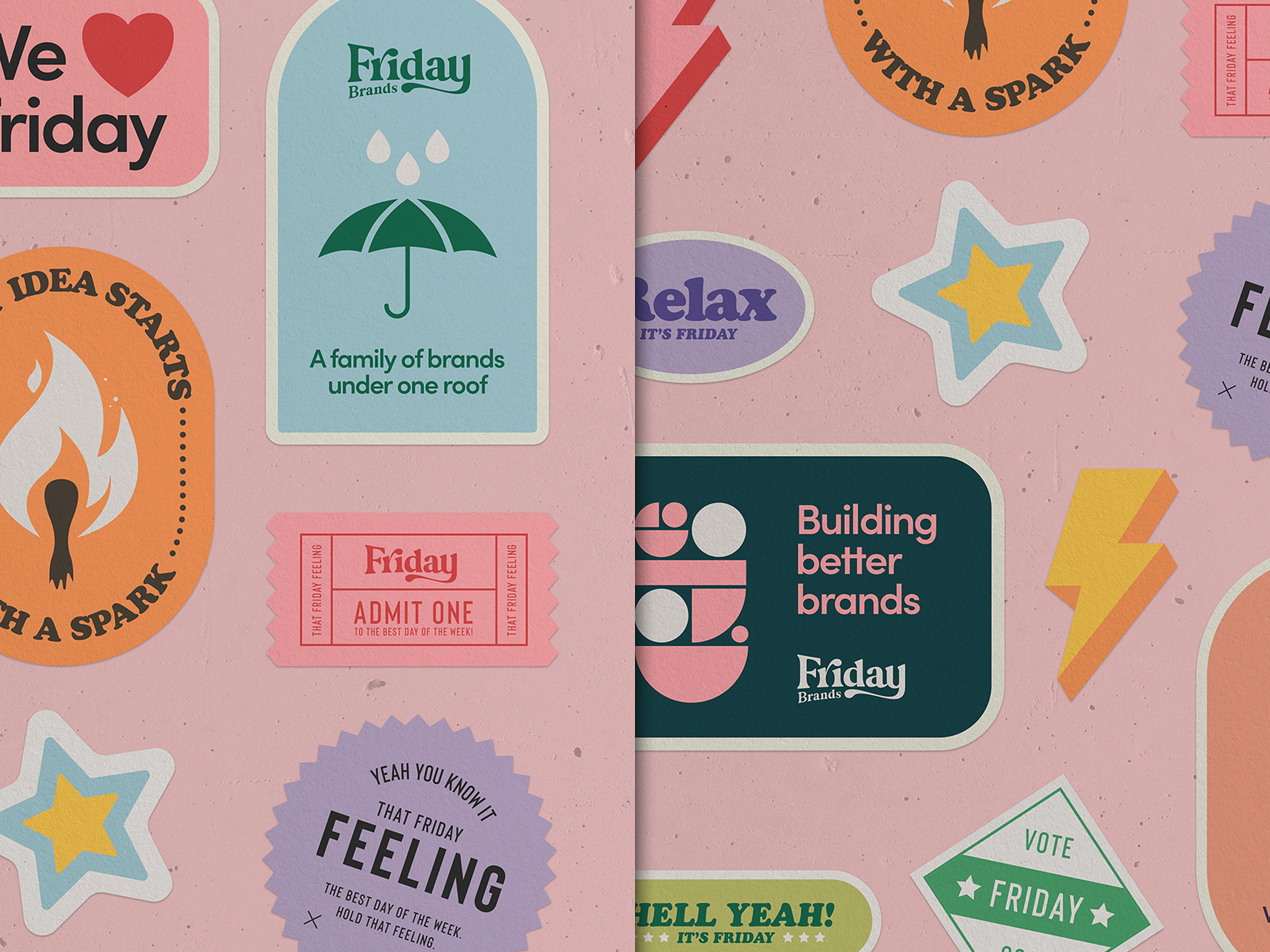
“This has never really gone away but I think we’ll see a lot more in 2024,” says designer Mike Kus. “Retro, faded colour palettes combined with photography that’s been converted to halftone images. All this combined with experimental, bespoke typography should make for a very nostalgic 2024.”
The power of these retro and vintage-inspired design lies in its capacity to evoke nostalgia, something which is perhaps particularly attractive as surreal generative AI creeps into our social feeds and wider socio-economic troubles rumble. It's a style that can feel comforting and cheerful in unsettling times.
“The 1970/1980s ad aesthetic is definitely here to stay too,” says Alice Clifford, design associate for agency Here Design. “From colours to grainy textures, glows to the resurgence of ITC Clearface.”
05. Creative homogenisation
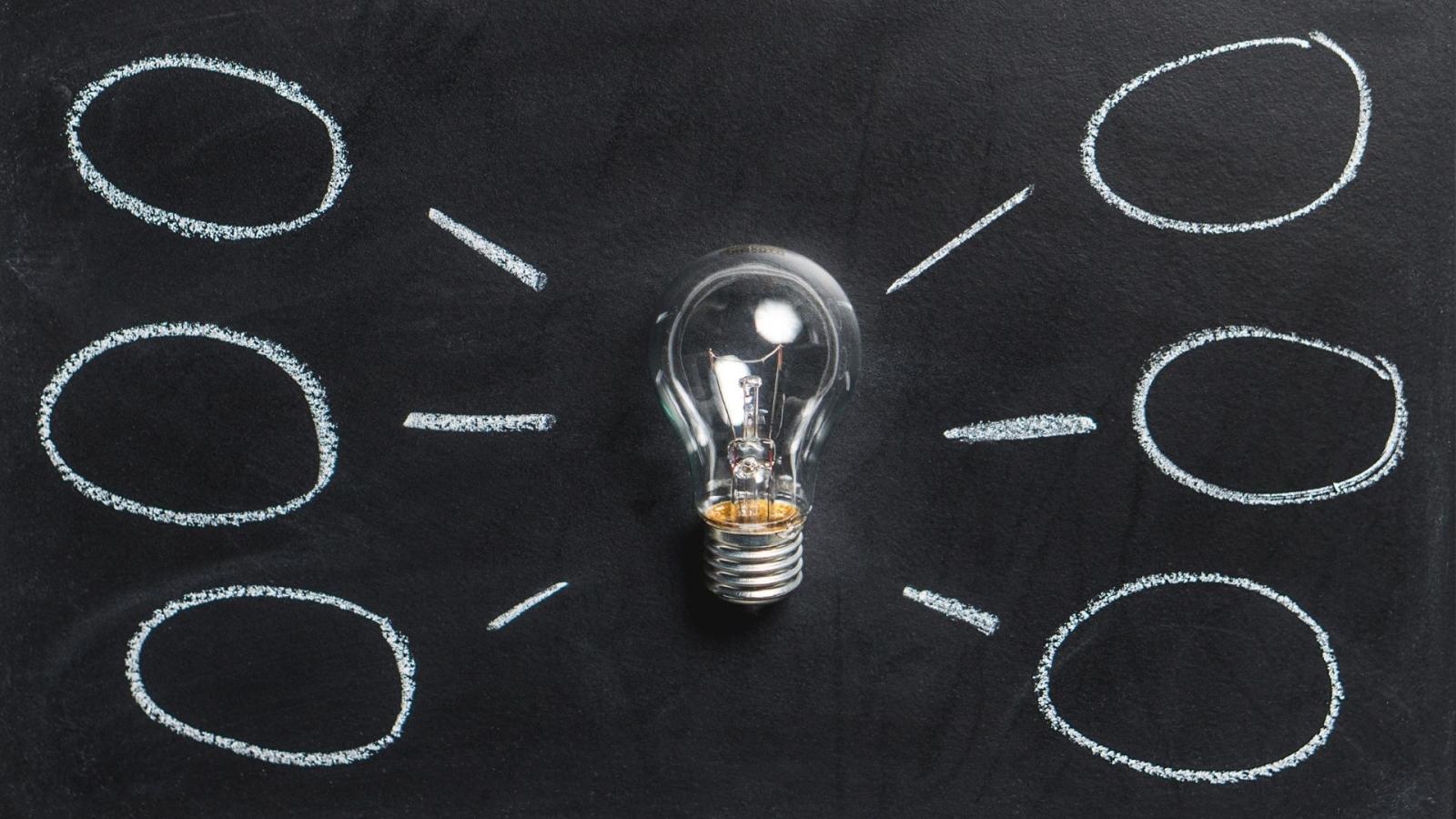
Looking at the sector more broadly and concerns around art education, Jack Renwick, D&AD president and creative and strategic director at Jack Renwick Studio fears the industry is at risk of sleepwalking into monotony.
“We predict a further homogenisation of the creative output of our industry,” Renwick says. “This is in part caused by a systemic devaluation of arts education in UK state schools, meaning only those lucky enough to attend schools that can still afford to teach art are being made aware of the opportunities that exist in the creative sector.
“Without teaching art at schools and igniting a fire at a young age, and without educating parents on the interesting, valuable and often lucrative career prospects available, we are heading for a very dry talent pipeline and a creative industry that will struggle to find the diversity of thought and perspectives needed to create original and effective work,” she continues. “[This] will put the sustainability of creative businesses at risk, and will force agencies and studios to find or create alternative methods of recruiting the next generation of talent, leading to more investment being required on their part to fill the gap.”
Renwick points to several programmes already in place as evidence, with the expansion of D&AD Shift, JKR’s Sparks programme, as well as the upcoming Havas Apprenticeship scheme in partnership with London School of Communication Arts.
06. Responsible design
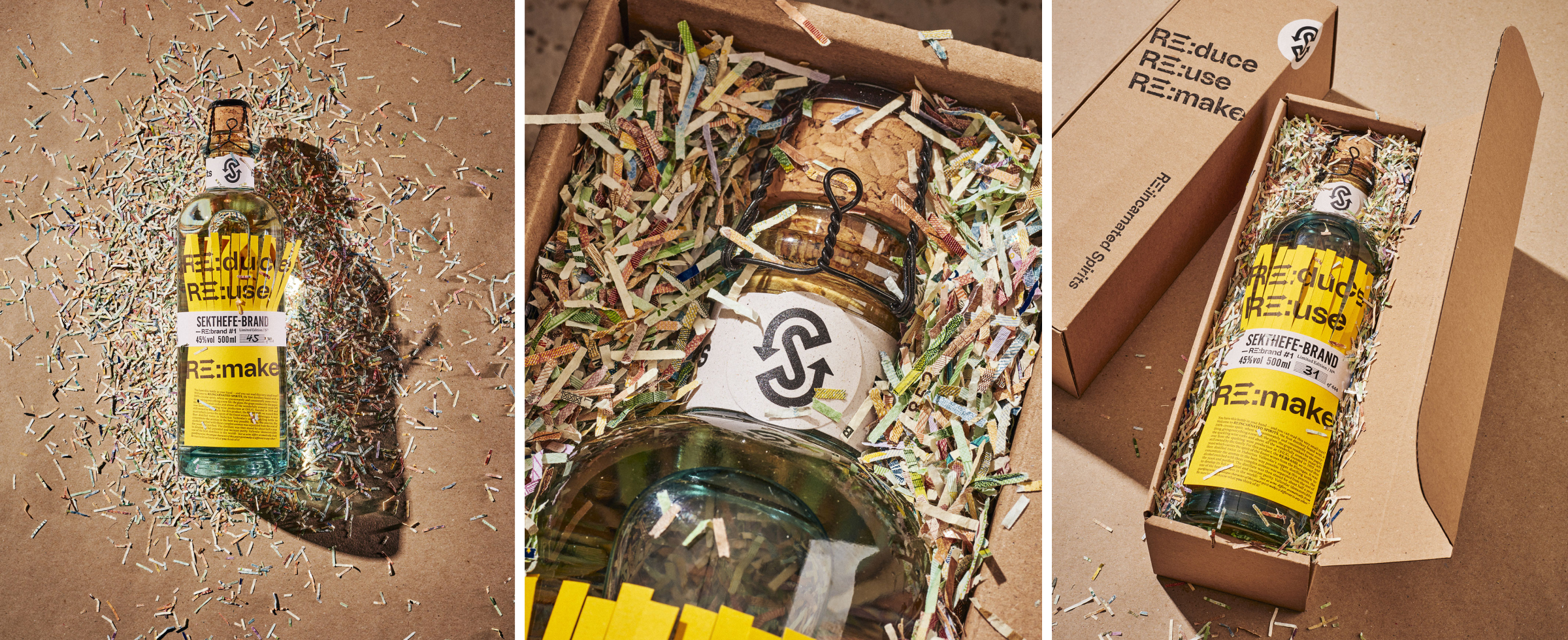
From a more conscious environmental approach in print to accessible design, brands and designers alike are rethinking their approaches to sustainability and diversity.
“There will be an increasing awareness among clients about the environmental impact of print materials. Expect a surge in requests for sustainable paper stocks and a preference for supporting responsible forestry. Additionally, there will be a rising consciousness around ink usage, with clients opting for lighter-coloured pages in layouts to minimise environmental impact,” Naylor and Currier say.
“Continuing the current trend of sustainability, expect to see designs inspired by local and historic elements – sustainable packaging and design that draws inspiration from a brand’s local context, connecting with consumers through a sense of place and eco-consciousness."
They also believe accessibility will be top of mind, particularly in web design. “We’ll witness a paradigm shift towards creating visual experiences that prioritise inclusivity, ensuring that everyone (regardless of abilities) can engage seamlessly with the content. Whether this be through innovative use of technology, focus on colour and contrast, more responsive design systems, or more.”
07. Interactivity from paper to screen

As experiential experiences become increasingly popular and brand activations more sophisticated, engaging audiences with intriguing, clever, interactive elements in graphic design is a trend that could help push the boundaries of creativity in 2024. Whether an immersive website, augmented reality filter, virtual reality experience, engaging graphic elements in a physical space or tactile experiments with printed items, exciting opportunities abound.
“[We expect to see] more emphasis on interactive and engaging digital campaigns. Bold, uplifting concepts that utilise movement and energy in design,” say Naylor and Currier. “[Along with] integration of multimedia elements on websites, creating immersive experiences that go beyond static visuals.”
08. Simply type
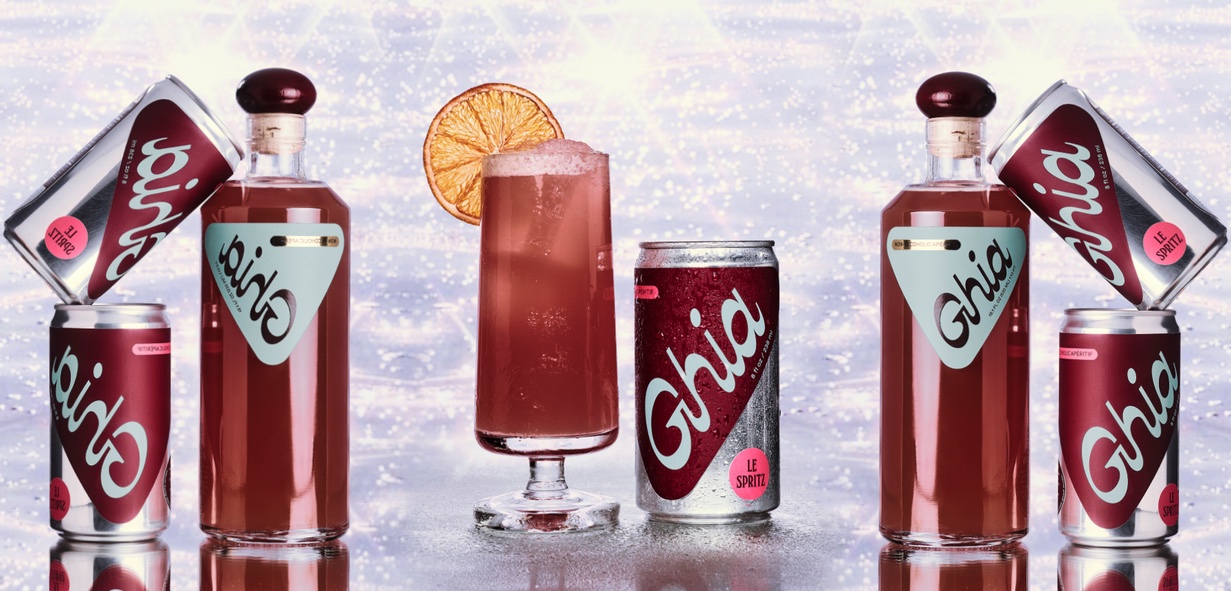
“Another interesting trend [in terms of graphic design and packaging in particular] is brands that are almost purely typographic,” says designer Chong, pointing to examples in wine, non-alcoholic brews, craft brandies, nut butters and perfumes.
Although in type-based graphic design more broadly is an approach that can lead to unconventional, distinctive and experimental graphics, in terms of packaging, a typography-based identity and type-only design often minimalist trends towards highly legible and memorable 'less-is-more' branding.
“It feels somewhat like the young, cool nephews and cousins spawned from Aesop”, Chong says. “The approach often features a maximalist type and the messaging itself seems more textural than substantial.”
09. Vibrant colour palettes
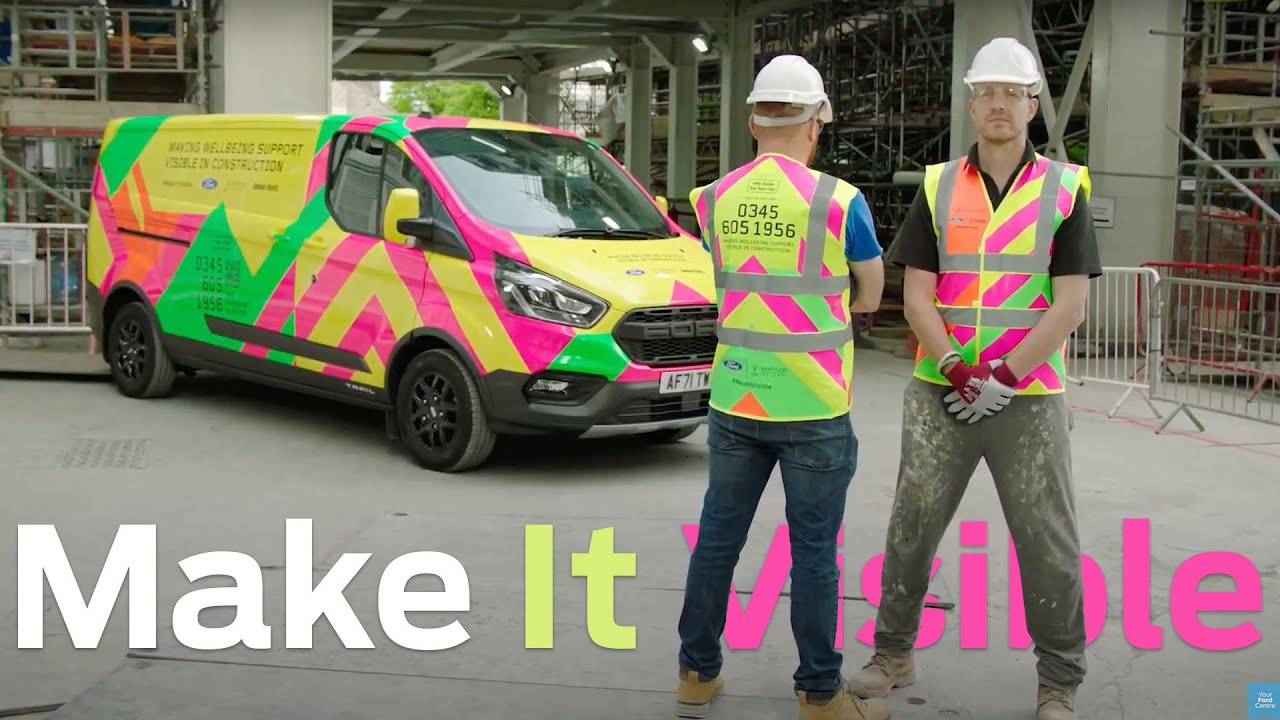
Fun, bright, attention-seeking colours are on the radar for 2024, says Sarah Macpherson, creative director at agency Halo Design Associates.
”Contrasting colour is ever popular in a design to try and get attention and stand out,” she says. “Neon, high saturation and the use of gradients make design eye-catching and help create a memorable design. Vivid, energetic colours creates impact and are fresh and modern.”
10. More 3D
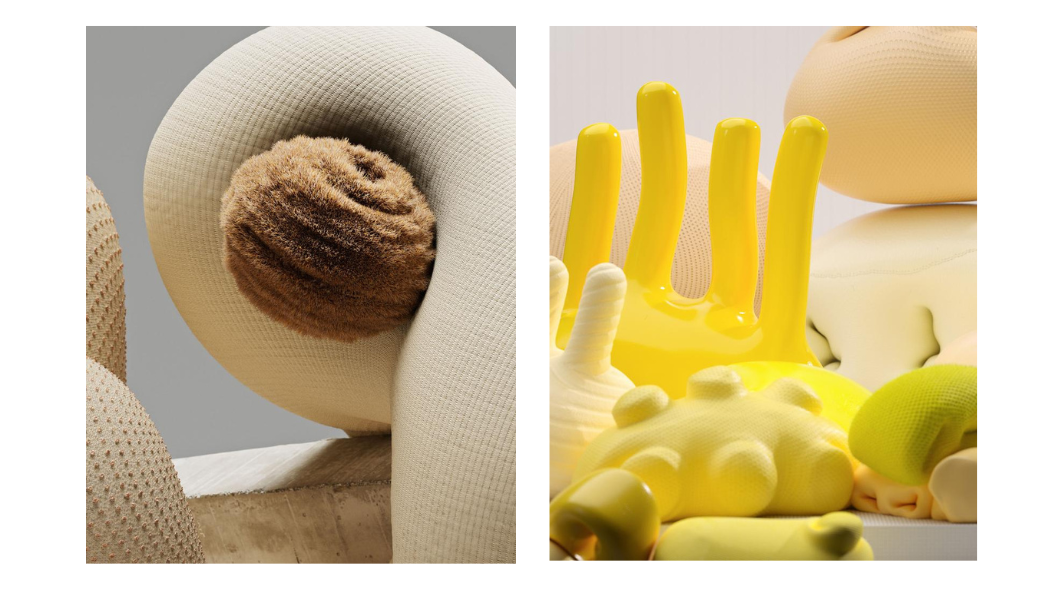
“3D design is already huge but I think we’ll see a lot more of it, especially as some 3D capability is available in many industry standards design tools,” Kus says. “We’ll also see more 3D illustrations animated in the browser with designers using tools such as Spline.”
From hyper-realistic textures to surreal and quirky characters, it’s a trend that is likely to develop throughout the year, particularly as tools improve in terms of accessibility and variety, and more people master the craft.
